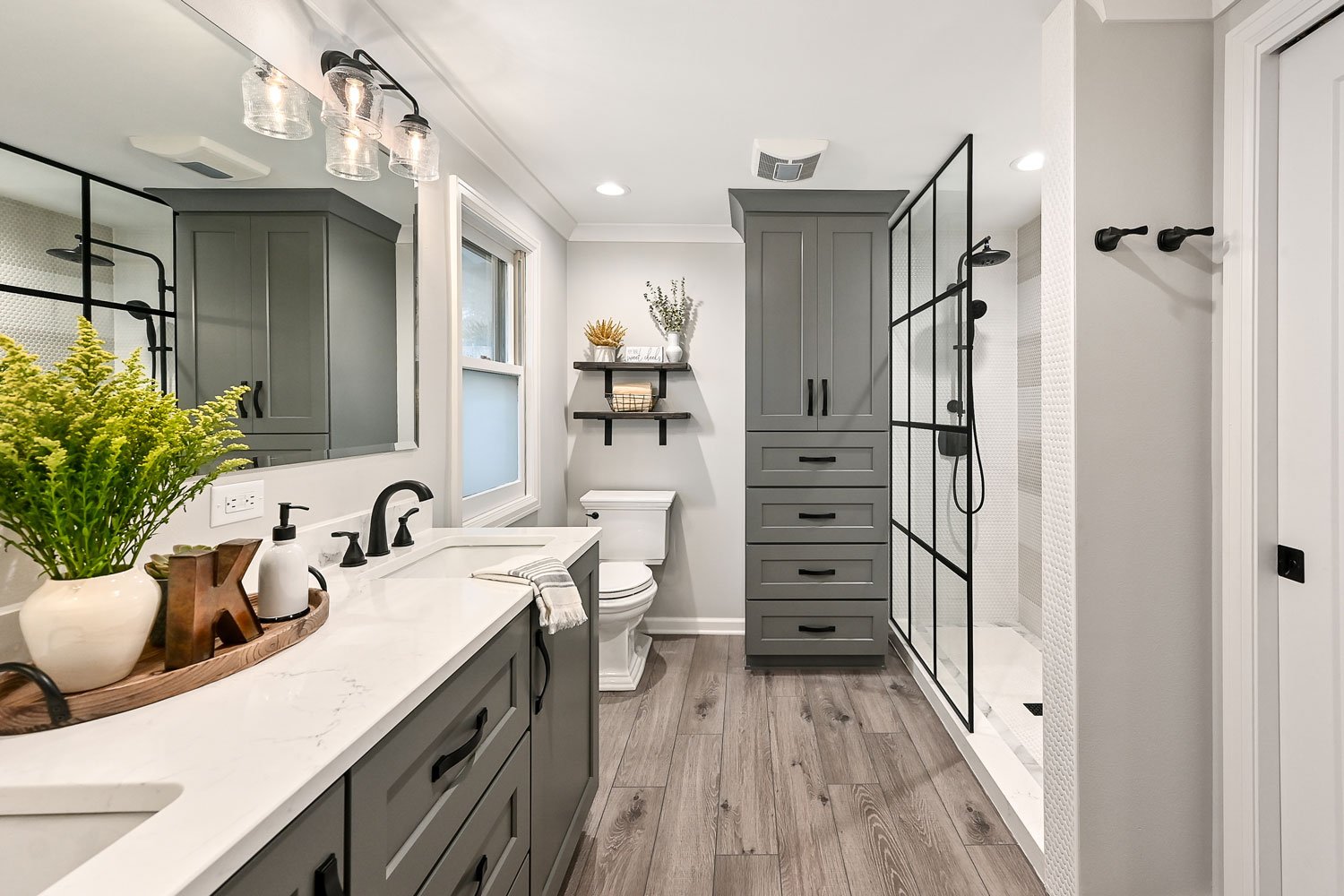Home improvement can be a rewarding experience, providing the chance to change your living space into a mirror of your personal style and needs. However, it is common to become overwhelmed by the plethora of choices and many mistakes during the process. From picking the best shades and resources to choosing between DIY projects and contracting a contractor, managing the remodeling process needs careful planning and attention.
In this article, we will analyze frequent errors that property owners often face and give useful guidance on how to prevent them. Regardless of whether you are planning to update your kitchen, redesign your restroom, or build a more efficient underground space, comprehending the nuances of home renovation can save you effort, funds, and heartache. Let’s jump into the key tips and tricks that will guarantee your home remodeling project runs well and successfully.
Planning Your Home Improvement
Effectively preparing a home improvement begins with defining clear goals. Determine what spaces you wish to renovate and the motives behind your remodel. Whether you seek to improve functionality, beautify aesthetics, or increase property value, having a definitive vision will guide your decisions throughout the process. go to this site -defined plan acts as a guide, helping you rank tasks and manage time productively while maintaining your budget in check.
Next, do comprehensive research on possible costs and materials. Understanding the financial aspects can significantly impact your choices, be it that you aim for a full renovation or smaller upgrades. Look into popular trends and find ideas from different sources, such as journals, online platforms, and showrooms. This knowledge will enable you to reconcile your desires with budget constraints, ensuring that you make knowledgeable choices that correspond with your vision.
Lastly, consider whether to take on the project yourself or hire a specialist. Weighing DIY options against expert assistance can be vital in avoiding common home remodeling mistakes. If you choose to go the DIY route, make sure you have the sufficient skills and tools for the job. On the other hand, if you choose a contractor, look for credible professionals with knowledge in the specific type of remodel you are undertaking. Thoroughly evaluate your choices, checking references and reviews, to assure the best outcome for your home remodel.
Financial Planning for Your Home Remodel

A strategically designed budget is essential for the effectiveness of any home improvement project. Start by determining how much you can practically afford to invest, factoring in your savings and any potential loans. Consider creating a financial plan to list all your anticipated expenses, including resources, work costs, permits, and unexpected costs. This will help you maintain a concise overview of your financial commitments throughout the remodeling process.
To avoid going over budget, differentiate your requirements versus preferences. Focus on the essential upgrades that will improve functionality and enhance your living space. Investigate costs for multiple materials and labor in your area, as prices can fluctuate significantly based on location and quality. Don't forget to allocate a contingency fund, typically around 10 to 20 percent of your overall budget, to cover surprise expenses that often arise during renovations.
Finally, keep in mind that being flexible can save you expenditures. If home renovation services come across budget constraints, consider adjusting your plans or project duration. Instead of pursuing luxury finishes, look for budget-friendly alternatives that still provide the desired look and feel. By staying systematic and responsive, you can efficiently handle your remodeling project while keeping finances in check.
Styles and Features to Think About
As you prepare for your home remodel, it’s important to keep an focus on emerging trends that can enhance both usability and visual appeal. In 2024, there is a significant focus on eco-friendly materials and eco-conscious solutions. Homeowners are increasingly seeking recyclable options such as reclaimed wood, minimal VOC paints, and green appliances. Incorporating these components not only helps in reducing your carbon impact but can also lead to significant savings on energy bills in the term.
Another important trend is the integration of connected home technology into remodels. Components like intelligent lighting, connected thermostats, and home security systems are becoming crucial for modern living. These improvements not only add ease but also increase your home's equity. When planning your remodel, explore how you can incorporate these smart elements smoothly into your design, enhancing both ease and ease of use.
Finally, think about the importance of versatile living spaces. With more people working from home and staying indoors, designing adaptable spaces is important. Open floor plans that flow from one area to another can make your home feel more open and practical. Additionally, features like custom storage solutions, adaptable rooms, and outdoor living features can considerably improve your lifestyle. Highlighting flexibility in your remodel will ensure that your space fulfills your needs now and in the long term.
